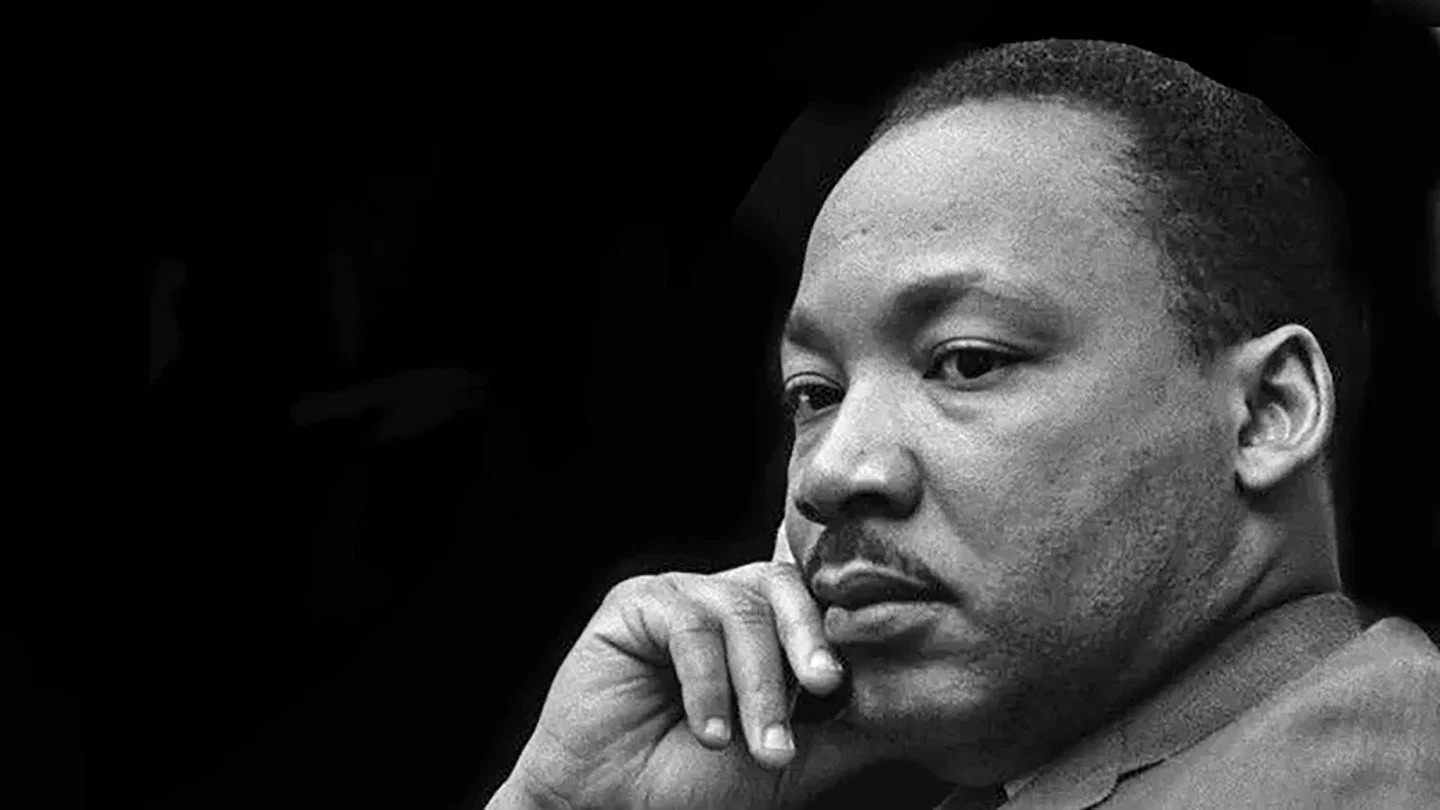A Legacy of Inspiration; a Call to Action: Dr. Martin Luther King Jr.
As we honor the life and legacy of Dr. Martin Luther King Jr., I find myself reflecting deeply on his enduring impact—not just on our nation but on my own journey as a leader and advocate for positive social change. Dr. King’s words and actions have served as both a compass and a rallying cry, illuminating the path forward even in the face of adversity.
I pre-ordered the new book, What is My Legacy? Realizing a New Dream of Connection, Love, and Fulfillment (Flashpoint Books, 2025) by Martin Luther King III, Arndrea Waters King, Marc Kielburger, and Craig Kielburger, and received it this past week. While I have just started reading it, the message feels timely. The inside cover starts with the words, “To heal a world in crisis, we must rethink ‘legacy’—and commit to something bigger than ourselves.” Again, timely.
Dr. King famously declared, “Life’s most persistent and urgent question is, ‘What are you doing for others?’” (King, 1957). This question has resonated with me throughout my career, reminding me that the fight for justice and equity is not a passive endeavor. As a social entrepreneur and innovator, I have drawn on Dr. King’s conviction that true progress requires action rooted in love and courage, and an unshakable commitment to serve others.
His speeches and writings remain a wellspring of wisdom. In his iconic “I Have a Dream” speech, delivered during the March on Washington in 1963, Dr. King spoke of a world where individuals would “not be judged by the color of their skin but by the content of their character” (King, 1963). These words challenge us to confront the inequities in our society and strive for a future defined by fairness and dignity for all. They have inspired countless movements and continue to challenge leaders across every sector to address barriers to opportunity.
Another of Dr. King’s speeches that deeply resonates with me is “The Drum Major Instinct,” delivered at Ebenezer Baptist Church in 1968. Here, Dr. King urged us to reframe ambition, calling on individuals to channel their desire to lead into service to others. “Everybody can be great because everybody can serve,” he said (King, 1968). This profound idea has shaped my approach to leadership, emphasizing that the measure of success lies not in titles or accolades but in the impact we have through service.
Yet, Dr. King’s work was not solely about casting a vision for the future; it was also about addressing the urgent needs of his time with bold, unwavering action. As he wrote in his “Letter from Birmingham Jail,” “Injustice anywhere is a threat to justice everywhere. We are caught in an inescapable network of mutuality, tied in a single garment of destiny. Whatever affects one directly, affects all indirectly” (King, 1963). These words remind us that our fates are interconnected and that collective progress depends on recognizing and dismantling systemic oppression.
Dr. King’s message is a timeless reminder that the work is not finished for those working for positive social change, educational equity, and justice. We must heed his call to action with renewed urgency in the coming days, weeks, months, and years. We must confront fear, resistance, and complacency with the courage to innovate and the resolve to persevere.
Let us honor Dr. King with a life of purpose and carry forward his dream by building systems that uplift every child and every family, especially those from underserved communities. May we find strength in his example in continuing to bend the moral universe's arc toward justice.
Dr. King’s life was a testament to the transformative power of love and determination. His legacy is our charge always to act, serve, and dream.
Sources:
King, M. L. Jr., “What Are You Doing for Others?” Sermon at Dexter Avenue Baptist Church, (1957).
King, M. L. Jr., “I Have a Dream,” Speech, March on Washington for Jobs and Freedom, (1963).
King, M. L. Jr., “Letter from Birmingham Jail,” (1963).
King, M. L. Jr., “The Drum Major Instinct,” Sermon at Ebenezer Baptist Church, (1968).
